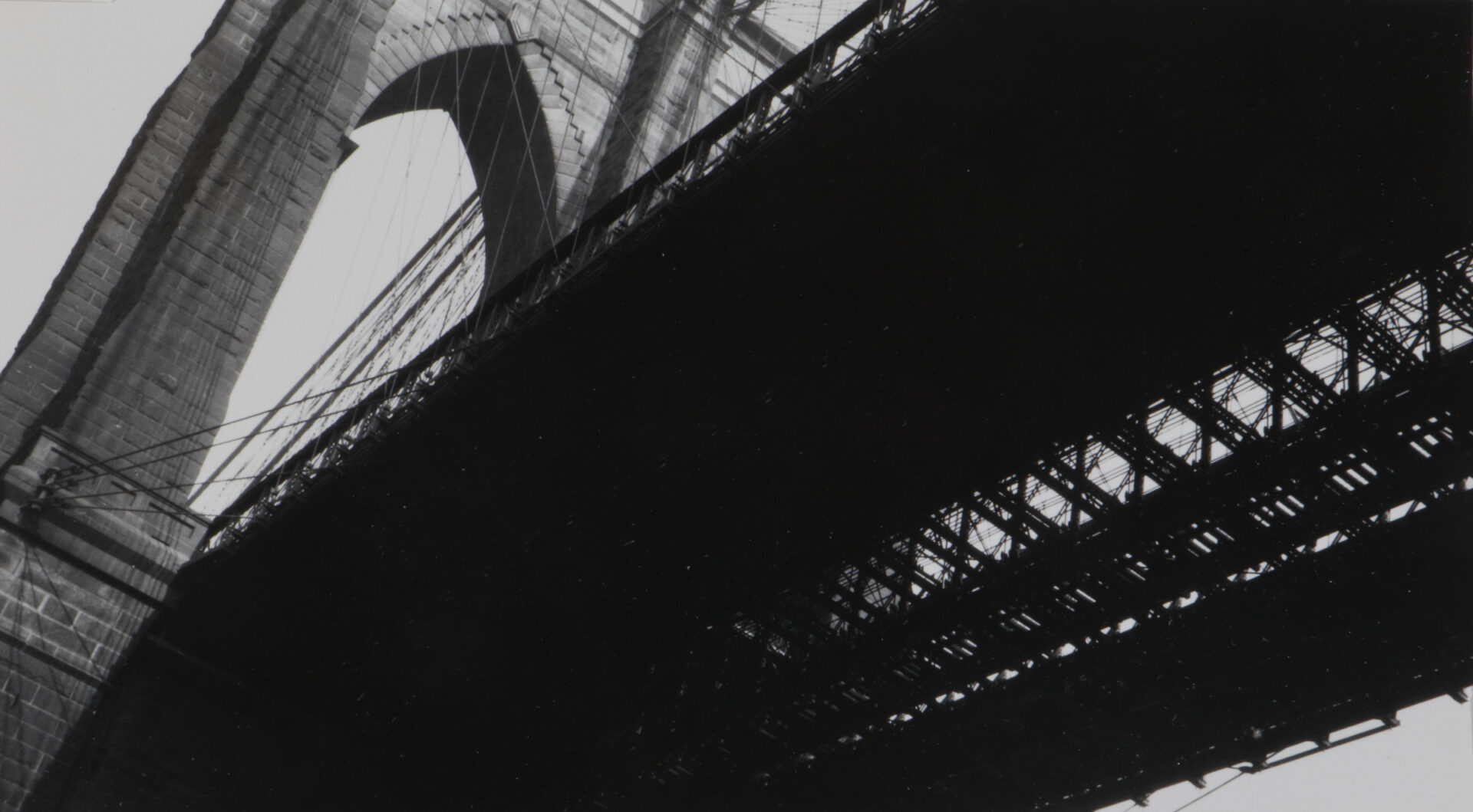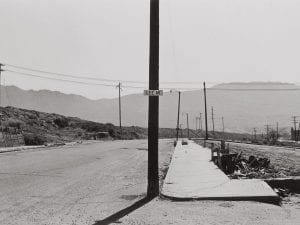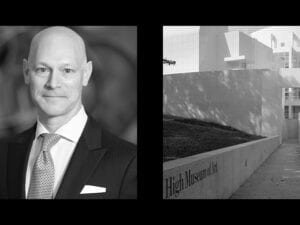In the 1920s, influential German artist László Moholy-Nagy coined the term “New Vision.” It was a label for a global photographic shift – a response to the mechanised conflict of WWI and a reclamation of artistic image-making. The movement, which came out of the renowned Bauhaus school, broke from tradition and instead favoured experimental techniques like photograms and montages. Artists like Moholy-Nagy, Ilse Bing and Imogen Cunningham used the lens not just to document reality but to reshape it, presenting an alternative, often surreal, vision of society. Now, High Museum of Art examines the impact of the avant-garde movement, a century after its inception. Photography’s New Vision: Experiments in Seeing unites more than 100 works from the museum’s robust photography collection to trace the influence of New Vision, from its radical origins in the 1920s to its enduring impact on contemporary practice. The exhibition roots each image in its historical context, considering how artists used the camera to respond to the great cultural, economic and technological shifts wrought by the two World Wars. Society had changed, and artistic expression shifted along with it. Through this curated selection, High Museum invites viewers to consider alternate ways of seeing, offering a space where history, innovation and perception converge.
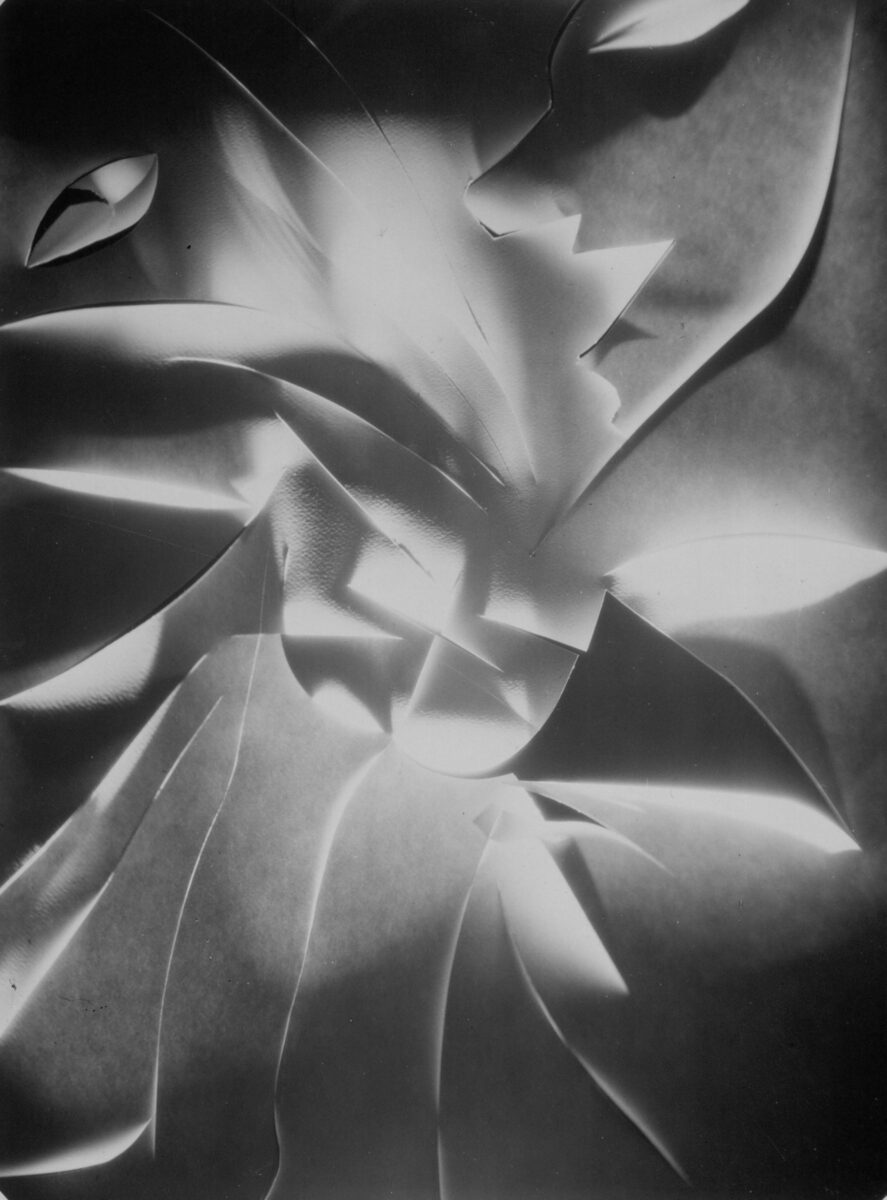
The visitor’s journey begins at the movement’s inception. The section foregrounds photography’s light-sensitive nature, showcasing the earliest techniques adopted by avant-garde creatives, such as photograms. It then moves on to other favoured methods, like in-camera manipulations. The artists featured in the show created photograms, photomontages and compositions that used extreme angles and unusual viewpoints. These methods marked a decisive break from tradition, expanding the possibilities of photographic expression. Imogen Cunningham’s carefully framed botanical shots were a stark contrast to the pictorialist photographic style that had dominated much of the early 20th Century. Her aesthetic took a simple object – the swirl of a leaf or the curve of a petal – and rendered it in sharp focus. Meanwhile, Ilse Bing’s work is characterised by dizzying angles, flat planes and strong shadows, and Alexander Rodchenko’s photomontages were used as tools for acerbic commentary on Soviet Russia.
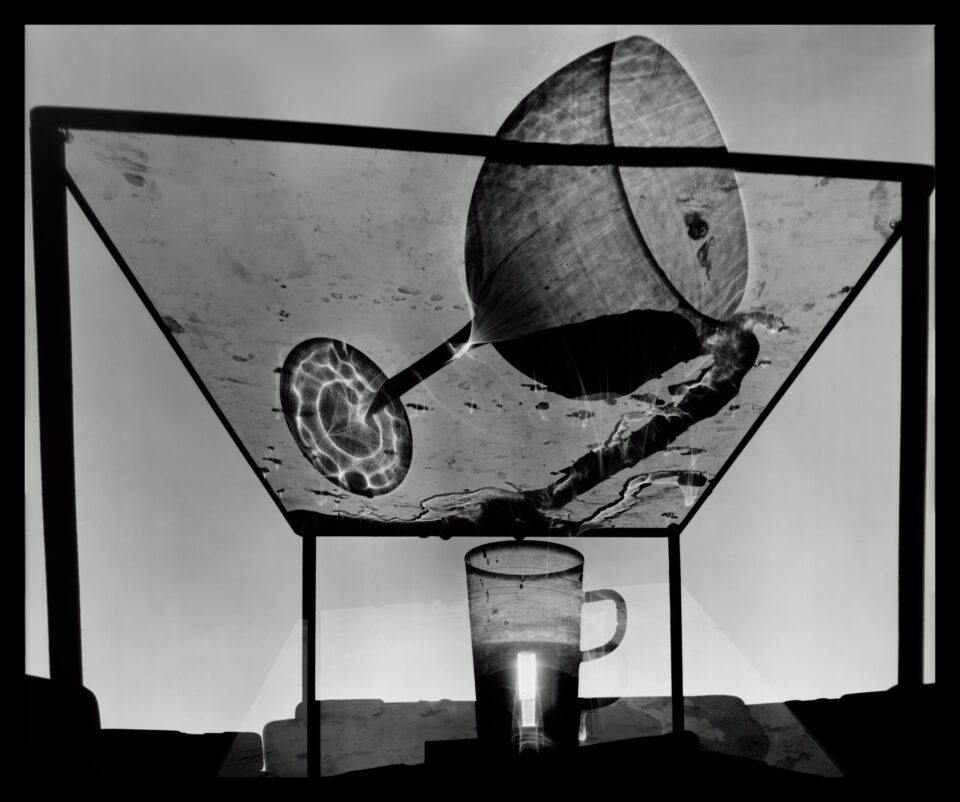
High Museum places these visionaries in dialogue with the modern and contemporary artists who continue their legacy. Here, viewers are free to discover connections between historical practitioners and creatives working today. Maria L. Kelly, High’s Assistant Curator of Photography, says: “Not only does the early 20th Century and its art movements continue to be influential, but that time also echoes our current moment – one that feels similarly consequential and innovative with the development of emerging technologies and methods of communicating. The movements and happenings of a century ago are akin to those of today and those shown in the exhibition. There remains a desire for alternative ways to see and approach the world through art, and particularly through photography.”
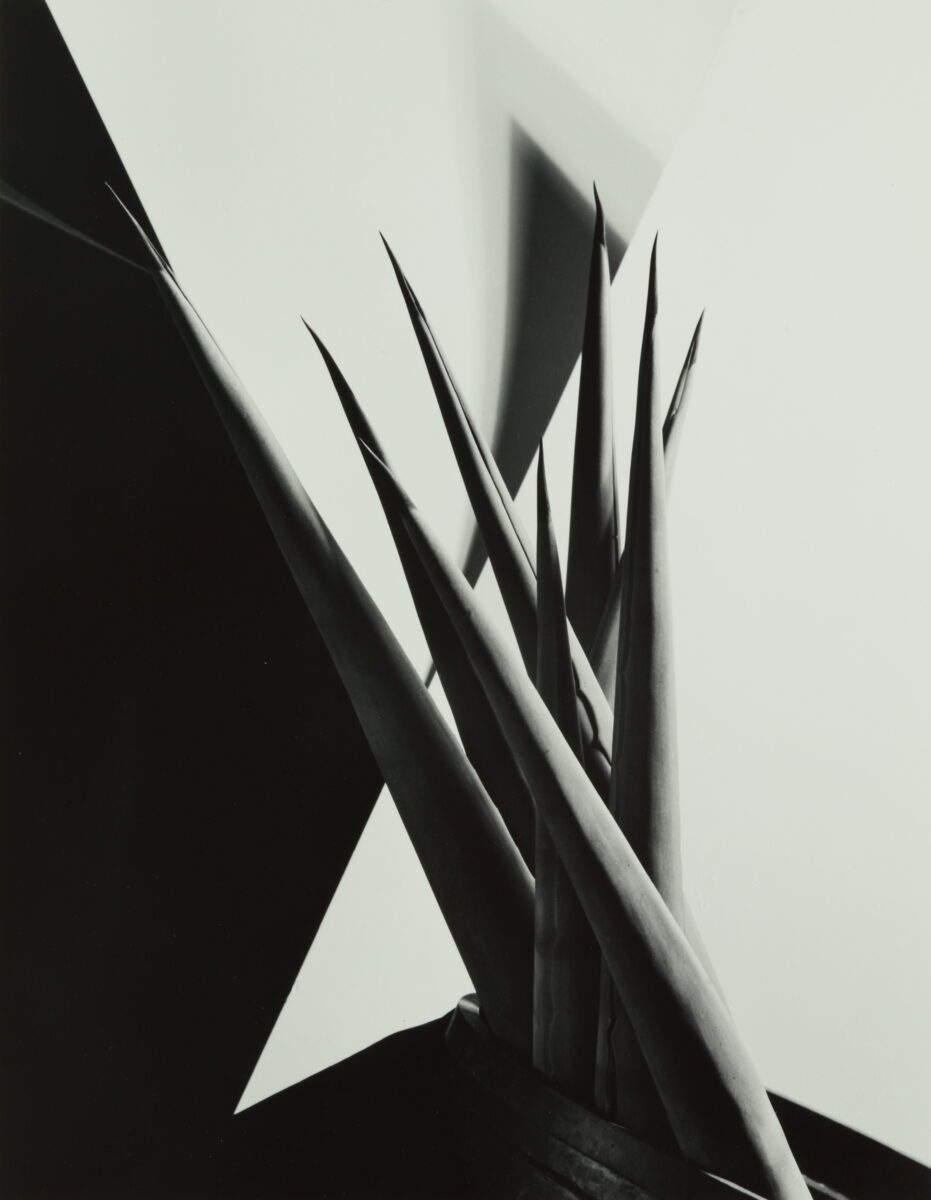
The exhibition’s contemporary section brings these pioneering ideas into the present. American artist Barbara Kasten’s early photograms trace clear lineage from artists like Man Ray, serving as an entry point into her career-long fascination with light and shadow. Her later works take these concepts in fresh and unexpected directions, creating architectural “props” made of glass, mirror, metal and wood. The resulting sculptures – exhibited in galleries around the world like Museum of Modern Art, New York; De La Warr Pavilion, Bexhill-on-Sea; and Museum of Contemporary Art, Los Angeles – shift depending on the light, prompting reflection on the ever-changing nature of reality. Also on display is Hiroshi Sugimoto’s photography. His most iconic series, Theatres (1976 – ongoing), comprises long exposure photographs made in classic movie houses around the world. Meanwhile, Jerry Uelsmann’s surreal photomontages present a captivating visualisation of human emotion and imagination.
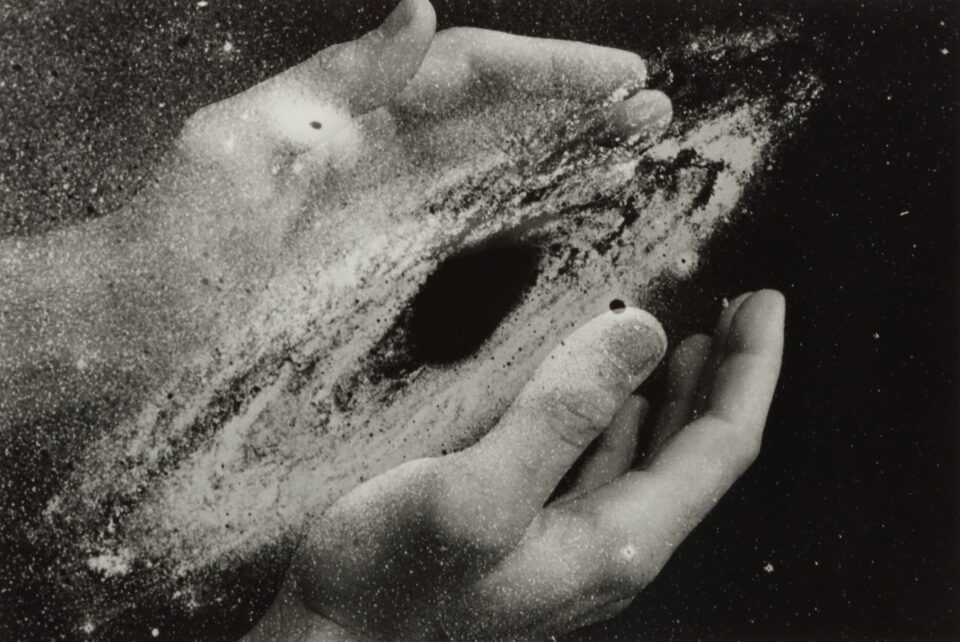
Photography’s New Vision: Experiments in Seeing offers a compelling blueprint for how to understand artistic movements. Innovation does not happen in isolation, or end at a fixed point; instead, each generation absorbs and reshapes the ideas of those before them. The act of creation is never done, and the New Vision movement expanded what was possible to create with the camera – opening the doors for countless artists to follow. High Museum’s show expands ways of seeing, allowing visitors to view the past with fresh eyes and turn their attention to the future of photographic expression, asking: what’s next?
Photography’s New Vision: Experiments in Seeing is at High Museum of Art, Atlanta until 4 January 2026: high.org
Words: Emma Jacob
Image Credits:
1. Walker Evans (American, 1903-1975), The Bridge, 1929, gelatin silver print, High Museum of Art, Atlanta, gift of Arnold H. Crane, 73.72 F. © Walker Evans Archive, The Metropolitan Museum of Art.
2. Francis Bruguière (American, 1879-1945), The Light That Never Was on Land or Sea, ca. 1925, gelatin silver print, High Museum of Art, Atlanta, purchase with funds from Georgia-Pacific Corporation, 1986.122.
3. Abelardo Morell (American, born Cuba, 1948),Still Life with Wine Glass: Photogramon 20” x 24” Film, 2006, gelatin silver print,High Museum of Art, Atlanta, purchased with funds from the Friends of Photography, 2012.217.© Abelardo Morell.
4. Imogen Cunningham (American, 1883-1976), Agave Design I, ca. 1920, gelatin silverprint, High Museum of Art, Atlanta, purchase with funds from Georgia-PacificCorporation, 1987.138. © The Imogen Cunningham Trust.
5. Duane Michals (American, born 1932), Untitled, 1989, gelatin silver print,HighMuseum of Art, Atlanta, gift of Lucinda W. Bunnen for the Bunnen Collection,1995.98.5. © Duane Michals.


